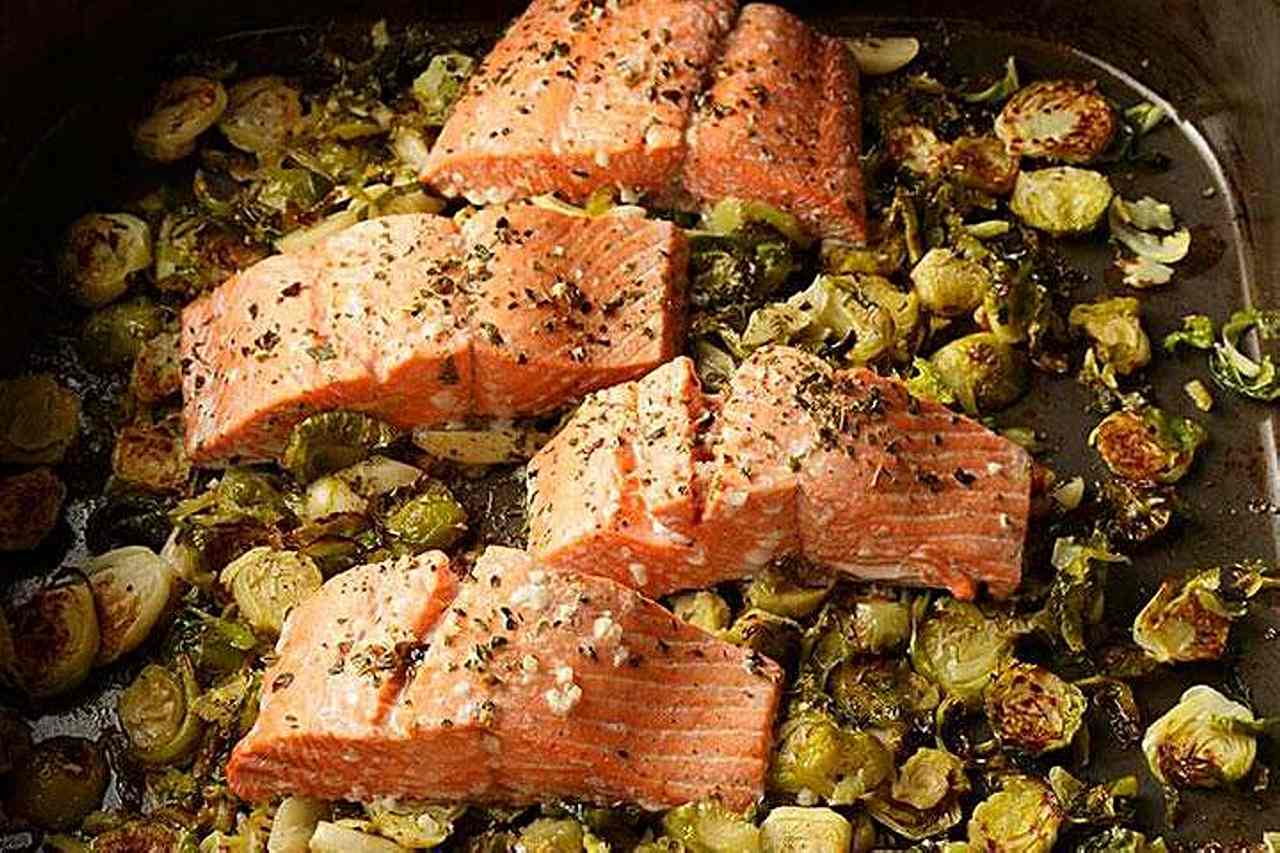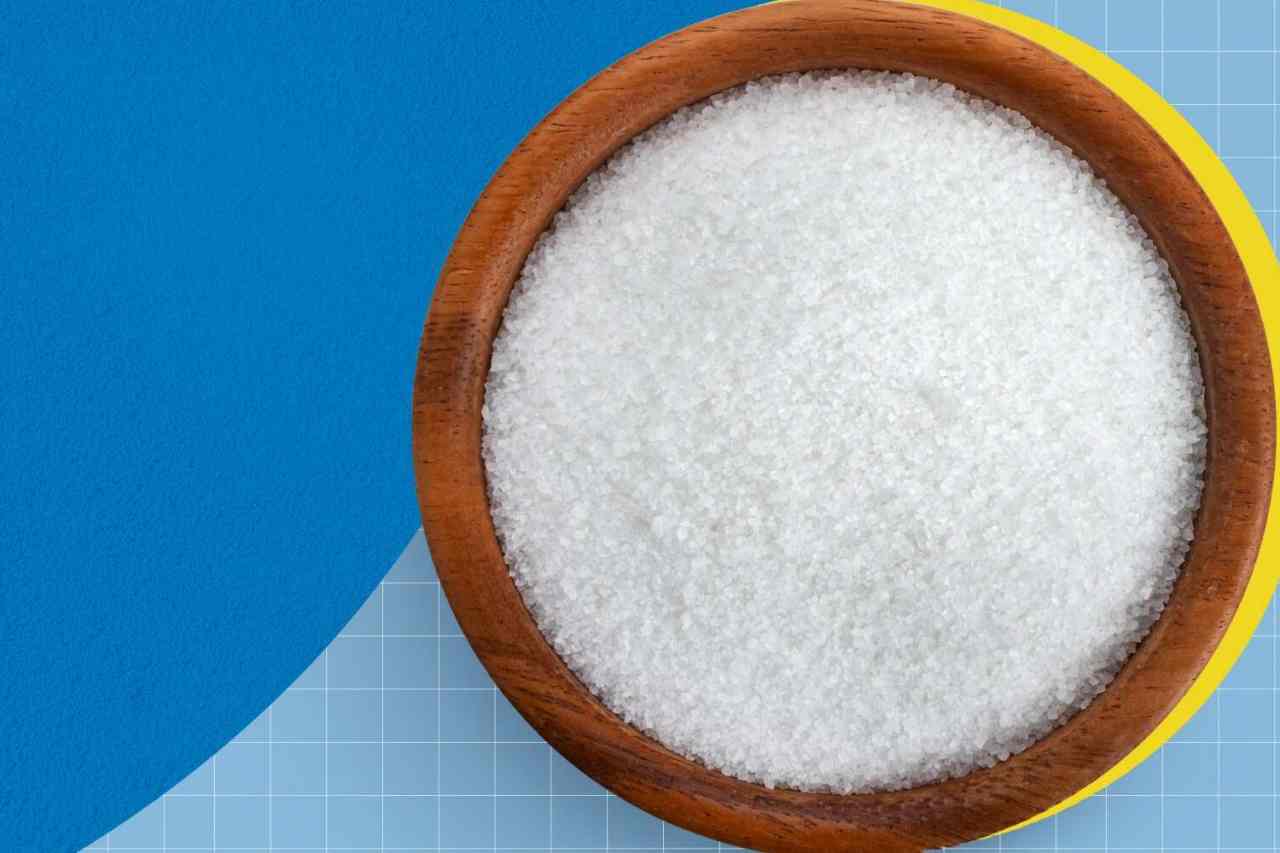
You most likely already know that you just're presupposed to be consuming fish twice every week. Fish are a lean, wholesome supply of protein—and the oily sorts, resembling salmon, tuna, sardines and mackerel, ship these heart- and brain-healthy omega-3 fat you've most likely additionally heard you need to be getting in your food plan.
However then there's additionally this concern in regards to the surroundings—and selecting seafood that's sustainable. So, should you're like me, you usually stand on the fish counter somewhat perplexed: what's good for me and the planet? We did some analysis to seek out the healthiest fish to eat with regards to sustainability, mercury content material and dietary advantages.
5 of the Healthiest Fish to Eat
1. Atlantic Mackerel
This species is a fast-growing fish, which means it may possibly repopulate simply and deal with larger quantities of fishing. The gear used to catch sorts of Atlantic mackerel is environment friendly and never more likely to trigger main habitat destruction, one more reason this man is an ocean-friendly alternative. This strong-flavored fish is excessive in heart-healthy omega-3s, a great supply of protein—delivering 20 grams in a 3-ounce fillet—and pairs nicely with daring seasonings.
 Roasted Salmon with Lentil “Caviar” Credit score: Photographer / Jacob Fox, Meals styling / Sue Mitchell, Meals Styling / Kelsey Bulat
Roasted Salmon with Lentil “Caviar” Credit score: Photographer / Jacob Fox, Meals styling / Sue Mitchell, Meals Styling / Kelsey Bulat
Pictured recipe: Roasted Salmon with Lentil "Caviar"
2. Salmon, Wild-Caught (together with canned)
Wild-caught salmon is low in contaminants, together with mercury and lead. And a few salmon, like pink and stock-eye, from well-managed fisheries worldwide (significantly in Alaska), additionally tick the field for being decrease in mercury and lead. To offer you an concept of how nicely managed Alaska's salmon fisheries are, contemplate this: biologists are posted at river mouths to rely what number of wild fish return to spawn. If the numbers start to dwindle, the fishery is closed earlier than it reaches its limits, as was achieved not too long ago with some Chinook fisheries. This shut monitoring, together with strict quotas and cautious administration of water high quality, means Alaska's wild-caught salmon are each more healthy (they pack greater than 1,500 mg of omega-3s per serving and carry few contaminants) and extra sustainable than simply about some other salmon fishery.
Shopping for salmon in a can even makes a extra reasonably priced strategy to get this wholesome seafood in your food plan. Canned salmon is not only an awesome supply of omega-3 fat, it is among the greatest sources of nondairy calcium. A 3-ounce serving has 18% of your each day wants. Canned wild salmon is often sockeye or pink from Alaska, however you'll need to examine the label to ensure. Attempt our Fast Lentil Salmon Salad for a straightforward and nutritious lunch on-the-go.
3. Sardines, Wild-Caught (together with canned)
The tiny, cheap sardine is making it onto many lists of superfoods and for good purpose. It packs almost 1,200 mg of omega-3 fat per serving and is among the only a few meals that's naturally excessive in vitamin D. Many fish like herring, pilchards, and sprat are in the identical household as sardines as nicely. It's additionally certainly one of few meals naturally excessive in calcium, packing 33% of your each day wants per serving.
Fast to breed, Pacific sardines have rebounded from each overfishing and a pure collapse within the Forties. Get a style for sardines in our scrumptious Lemon-Garlic Sardine Fettuccine that even sardine skeptics would possibly get pleasure from.
 Trout in Sage Brown Butter with Hearts of Palm Salad Credit score: Greg DuPree
Trout in Sage Brown Butter with Hearts of Palm Salad Credit score: Greg DuPree
Pictured Recipe: Trout in Sage Brown Butter with Hearts of Palm Salad
4. Rainbow Trout (and a few sorts of Lake)
Rainbow trout (additionally known as steelhead trout), is among the greatest fish to eat when it's farmed within the U.S. or indoor recirculating tanks, based on Monterey Bay Aquarium Seafood Watch. Trout ranks slightly below canned pink salmon with regards to omega-3 content material and is an effective supply of potassium, selenium and vitamin B6 whereas providing greater than a day's price of vitamin B12.
Lake trout is a good different when it's sourced from the fitting locations. Seafood Watch advises shopping for lake trout caught in Lake Superior's Michigan waters.
5. Herring
Herring is a Nordic Food plan staple and for good purpose—it has the next omega-3 content material than sardines, trout and mackerel. It's additionally a superb supply of vitamin D and selenium. You'll sometimes discover herring that has been canned, cured or smoked on restaurant menus, but it surely may also be eaten contemporary.
Seafood Watch recommends shopping for U.S. Atlantic herring caught with purse seines or California herring caught with set gill nets. In the event you haven't befriended your native fishmonger but, they are going to assist you determine the sourcing strategies of your required fish.
5 Fish to Keep away from
Plenty of environmental organizations have additionally advocated taking many fish off the menu. The big fish listed under are simply 5 examples EatingWell selected to focus on: widespread fish which might be each depleted and, in lots of circumstances, carry larger ranges of mercury and PCBs. The Environmental Protection Fund (EDF) has additionally posted well being advisories on a few of these fish.
1. Bluefin Tuna
The World Wildlife Fund put the bluefin tuna on its record of endangered species, and Seafood Watch warns their populations are depleted and overfished. Bluefin have excessive ranges of mercury and might be excessive in PCBs, so EDF recommends consuming not more than 1 serving per thirty days of this fish.
2. Orange Roughy
This fish lives a protracted life however is sluggish to breed, making it weak to overfishing. The EDF explains that orange roughy stay extraordinarily lengthy lives, as much as 149 years in some circumstances. This additionally means it has excessive ranges of mercury, inflicting EDF to subject a well being advisory.
3. Salmon, Farmed in Pens (Atlantic)
Most farmed salmon are raised in tightly packed, open-net pens usually rife with parasites and illnesses that threaten the wild salmon attempting to swim by to their ancestral spawning waters. Open-net farmed salmon are sometimes given antibiotics to fight illnesses, and their meals and waste pollutes the ocean. Freshwater-farmed salmon have earned a Finest Selection standing from Seafood Watch and a few open-net methods are rated as Good Options (see extra salmon suggestions from Seafood Watch). There’s hope that shopper strain will encourage extra farms to proceed to undertake higher practices.
4. Mahi-Mahi (Costa Rica, Guatemala & Peru)
Imported, longline mahi-mahi, or dolphinfish, is rated as one of many least eco-friendly fish by the Environmental Protection Fund. There’s concern about bycatch, together with sea turtles, seabirds and sharks, getting tangled within the fishing gear when mahi-mahi is fished. Nonetheless, mahi-mahi caught within the U.S. and Ecuador with troll traces is ranked underneath Good Various by Seafood Watch and is the higher alternative should you're hankering for this explicit fish.
5. Halibut, Wild-Caught (Atlantic)
This fish grows and matures slowly (dwelling so long as 50 years), so it’s prone to overfishing. Consequently, due to the depletion of Atlantic halibut populations, the U.S. prohibits industrial harvest of this breed, discovered within the North Atlantic Ocean, and Seafood Watch charges it "Keep away from." Pacific halibut is an effective different, because it comes from well-managed fisheries with little habitat injury and low charges of different marine life being caught as bycatch.
By Brierley Horton, M.S., RD and Lauren Wicks

